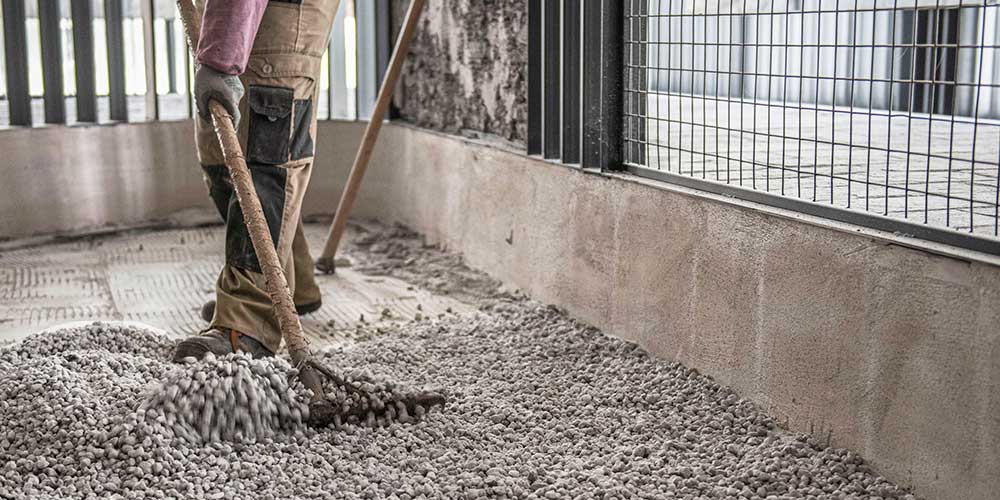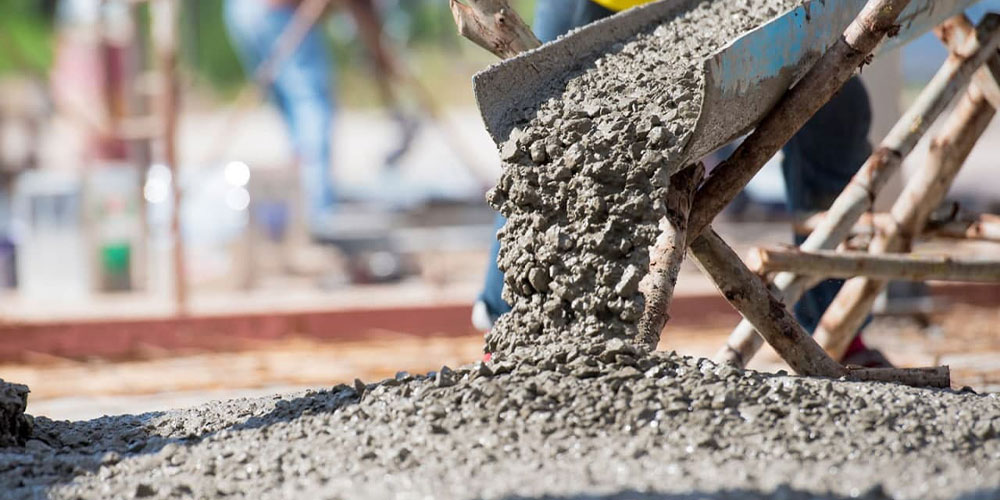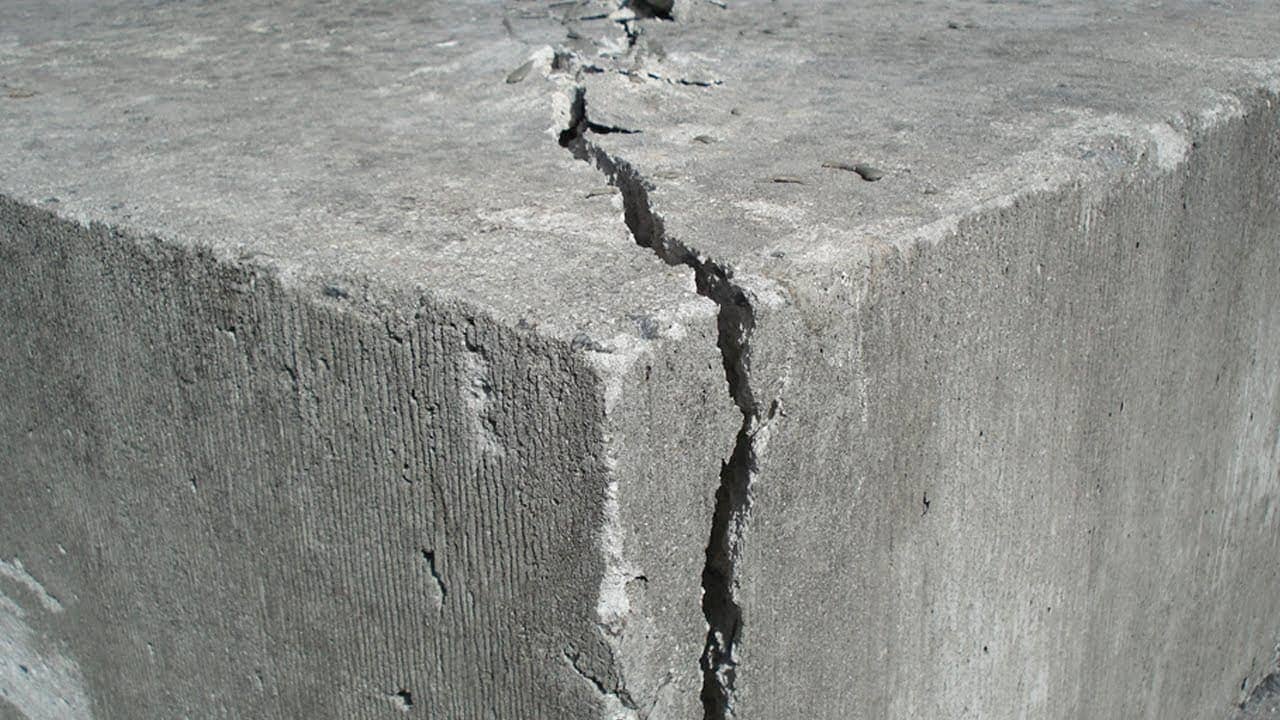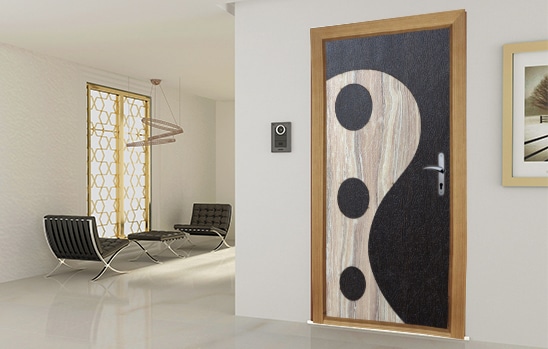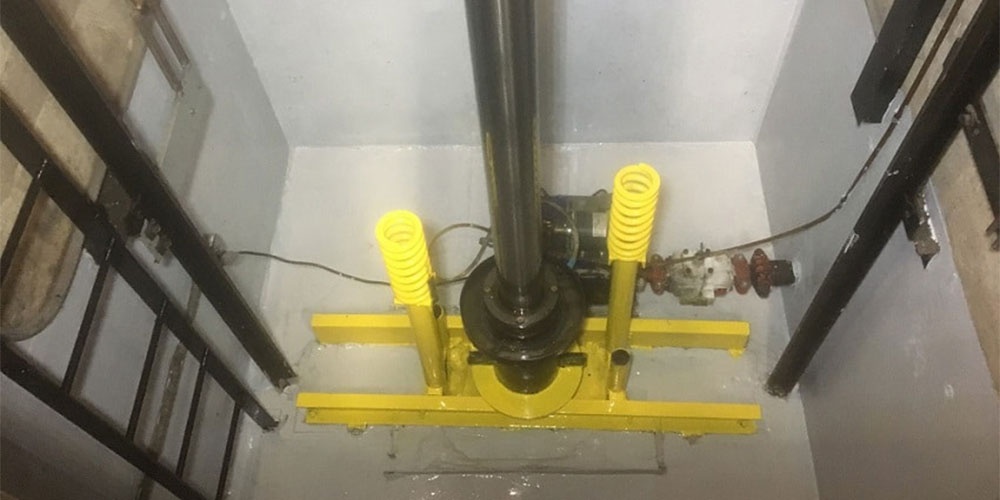Industrial and mineral pumice, due to its lightweight nature relative to volume, can reduce the weight of structures by up to 60%. Therefore, it is strongly advised not to use soil, extra materials, construction waste, sand, or concrete debris for filling gaps and leveling lines.
The method of using pumice and the choice between industrial or mineral pumice varies depending on the space and surface. However, a common aspect in all cases is the technique employed.
Experience has shown that proper compaction and the use of cement spraying along with water are potential factors in preventing surface settling of structures.
Thus, when filling pumice in areas such as bathrooms, kitchens, rooftops, roof gardens, yards, terraces, balconies, and similar water-collecting places, utmost care should be taken in selecting the appropriate compaction material.
After completing the pumice filling and compaction stage, a thin layer of mortar (1 to 3 centimeters thick) is applied over the entire surface to even it out and protect the compacted layer. This mortar is prepared with adhesive and N50 additive mixed with water, fine sand, and cement.
For the installation of tiles, ceramics, mosaics, or stone on the floors of bathrooms, kitchens, rooftops, etc., we use adhesive and B70 mortar additives to prepare the mortar. The joints are filled with a grout consisting of sealing adhesive and Z90 resin, along with micronized silica and cement.




